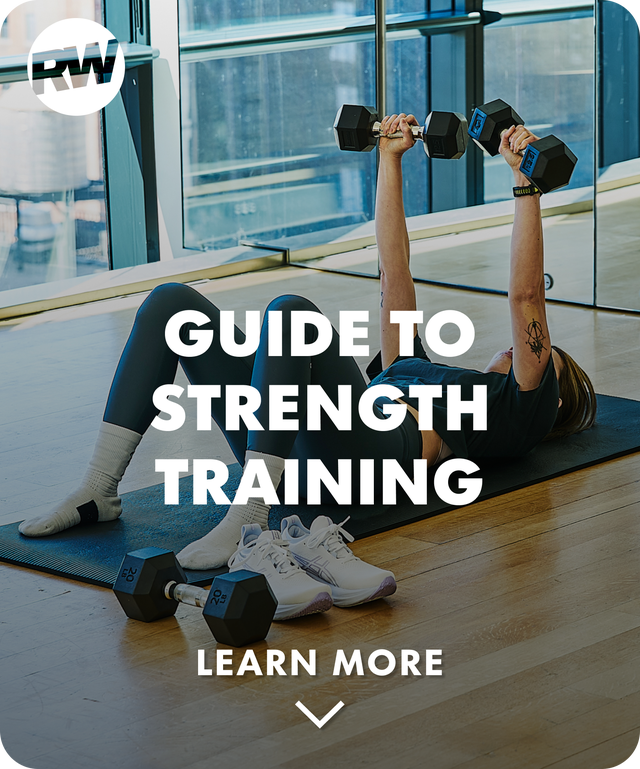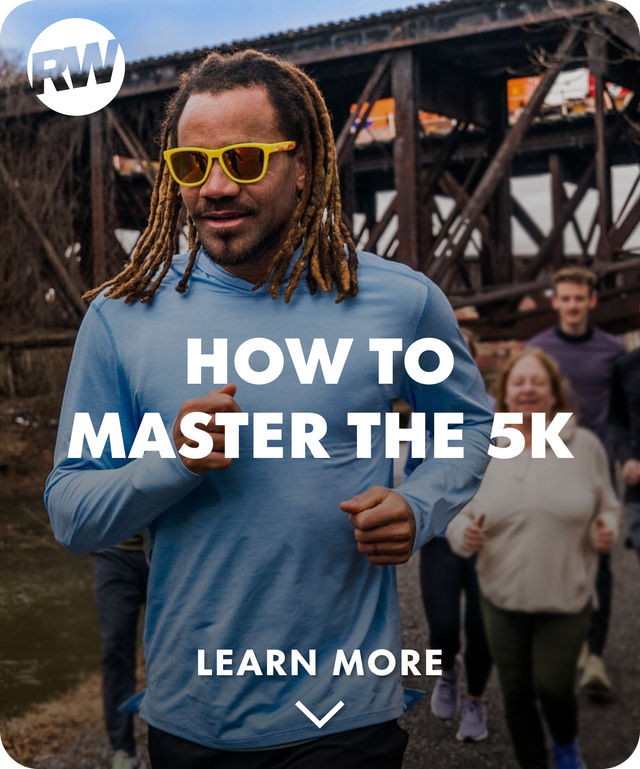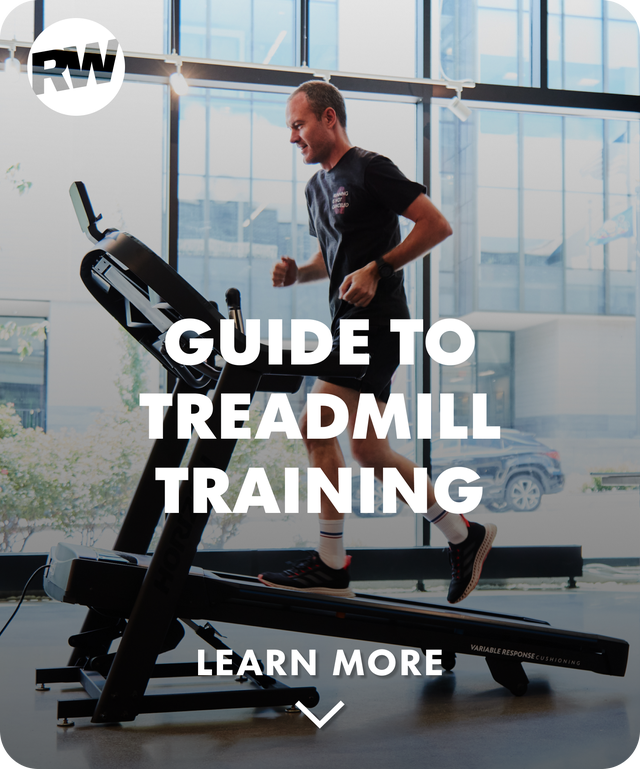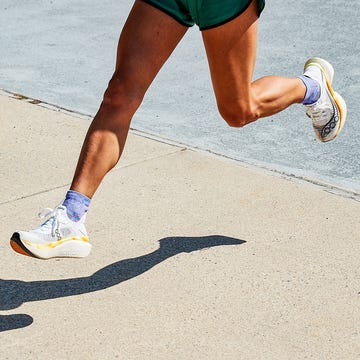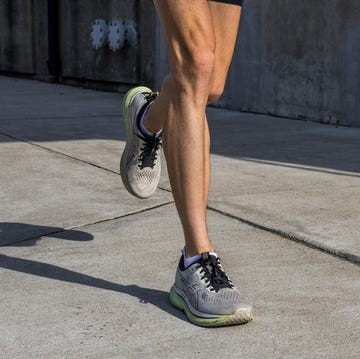- The Hyperion Elite 5 features a DNA Gold midsole—a PEBA-based midsole that enhances energy return during races
- The road to the Hyperion Elite 5 had its twists—athletes’ stumbles helped shape its stride
- Brooks athletes, including Des Linden, contributed to the shoe’s development
You could say the Hyperion Elite 5 was eight years in the making. When the Nike Vaporfly 4% shocked the running world, shoe brands found themselves in a different kind of space race. The kind when the rocket ship has already taken off and all anyone can do is wait until the dust settles. But brands like Brooks didn’t wait. They tinkered. They created.
A prototype of the Hyperion Elite made its debut incognito at the legendary 2018 Boston Marathon, when Brooks-sponsored athlete and Olympian Desiree Linden took home the gold, ending a 33-year-old drought in monsoon-like conditions.
Linden’s Hyperion Elite originally had a DNA Zero midsole, a foam that was 45 percent lighter than Brooks’s original foam, BioMoGo DNA.
“We had always thought it was a race to the lightest weight,” said Brooks Senior Vice President of Footwear Carson Caprara at a media gathering near Brooks’s home base in Seattle, Washington. “What actually ended up happening is we forgot about what makes the equation of energy return.”
Behind the scenes, the Brooks team was validating DNA Flash, a nitrogen-infused foam that debuted in the Hyperion Elite’s companion training shoe, the Hyperion Tempo (now called Hyperion). The process of infusing nitrogen into EVA results in a lighter and bouncier foam. Couple that with a carbon plate, as Brooks did with the Hyperion 2 through 4, and you get some of that propulsion. Some.
“The Hyperion Elite that Des used in the 2018 Boston Marathon? The foam had the displacement, but it didn’t have the rebound,” said Nikhil Jain, director of Brooks’s PLM and BlueLine division.
I had discussed “Operation DNA Flash Foam” with Jain years ago (my title, not Jain’s). However, there were still some kinks and unmet desires that Brooks was working on, which involved input from their athletes, including Linden.
“I think it was coming out of the 2022 New York City Marathon (Linden finished sixth with a time of 2:32:37, wearing a prototype of the Hyperion Elite 4) and Des was like, ‘I really need the foam to activate a little bit more,” said Jain.
His team got to work developing a PEBA foam. Linden raced in the prototype in the 2024 Boston Marathon. A second version of the Hyperion Elite 4, known as the Hyperion Elite 4 PB, was released and raced by Brooks athletes at the 2024 Olympic Marathon Trials in Orlando, Florida.
DNA Gold, the midsole in the Hyperion Elite 5, is 100-percent PEBA. The offset is 8mm, with 40mm in the heel and 32mm in the forefoot. Compared to the foam in the Hyperion Elite 4 PB, the latest iteration has 8 percent more DNA Gold volume. It was a fulfilling moment for Linden; it brought back her waning confidence in Brooks’s racing shoes.
“I think getting the DNA Gold in a shoe for our athletes is one of my proudest achievements in the sport, off the road. This ranks up there really, really high,” she said.
“I missed the team by 12, 14 seconds,” she continued, referring to her fourth-place finish at the 2020 Olympic Marathon Trials in Atlanta, Georgia. Linden was actually 11 seconds behind Sally Kipyego. “You finish that, you wonder, ‘Was it the product? Did I have something competitive?’ Having those questions is just a really hard thing. It’s one of those moments where I don’t want ever to feel that way again, nor do I want anyone who signs with Brooks ever to have those questions.”
The lateral heel cutout with domes? That’s Linden’s influence, too. The team wanted to know what she would add if she were designing the shoe. “Have you guys thought about foams kind of colliding into each other?” The result: Go beyond the SpeedVault Race+ plate and PEBA foam; add domes on the side to increase propulsion—and reduce weight.
At the gathering, I held one of the first prototypes in my hand, noting its racing-flat lightness—and omission of a tongue (what Jain called an “audacious” move inspired by Brooks athlete CJ Albertson’s penchant for cutting out the tongues in his shoes). The final product features a thin yet durable TPU woven upper, with the tongue intact.
Linden teased that she had seen the Hyperion Elite 6 that day (re: me stewing in the corner, silently asking why she hadn’t brought that shoe to the display table), saying Brooks’s athletes were currently testing prototypes.
“I’m not going to be on the roads anymore, really, in a competitive way,” she said. “It’s in their hands (the athletes) to drive it forward. The athlete-brand relationship is much stronger. They see the importance of what we can do together. It’s a partnership, not a sponsorship. This shoe (the Hyperion Elite 5) really signaled that to me.”
Shop the Hyperion Elite 5 at Brooks Running
Amanda Furrer, Editor, Running Reviews, studied journalism at NYU and writing at Emerson College. She has reviewed gear and covered other topics in the running space for almost 10 years. Since 2013, she has consecutively run the Boston Marathon. She also has a master’s degree in gastronomy from Boston University and was formerly a professional baker for two years before hanging up her apron.






